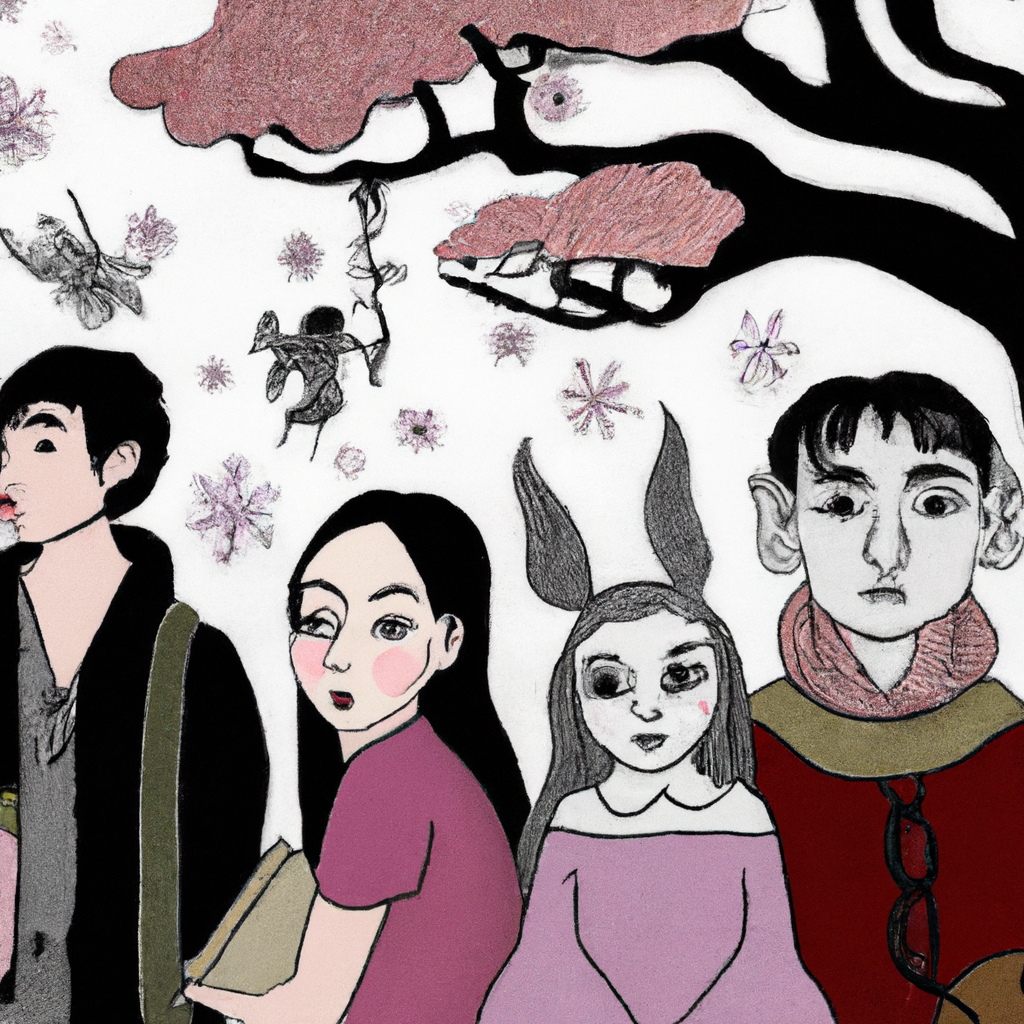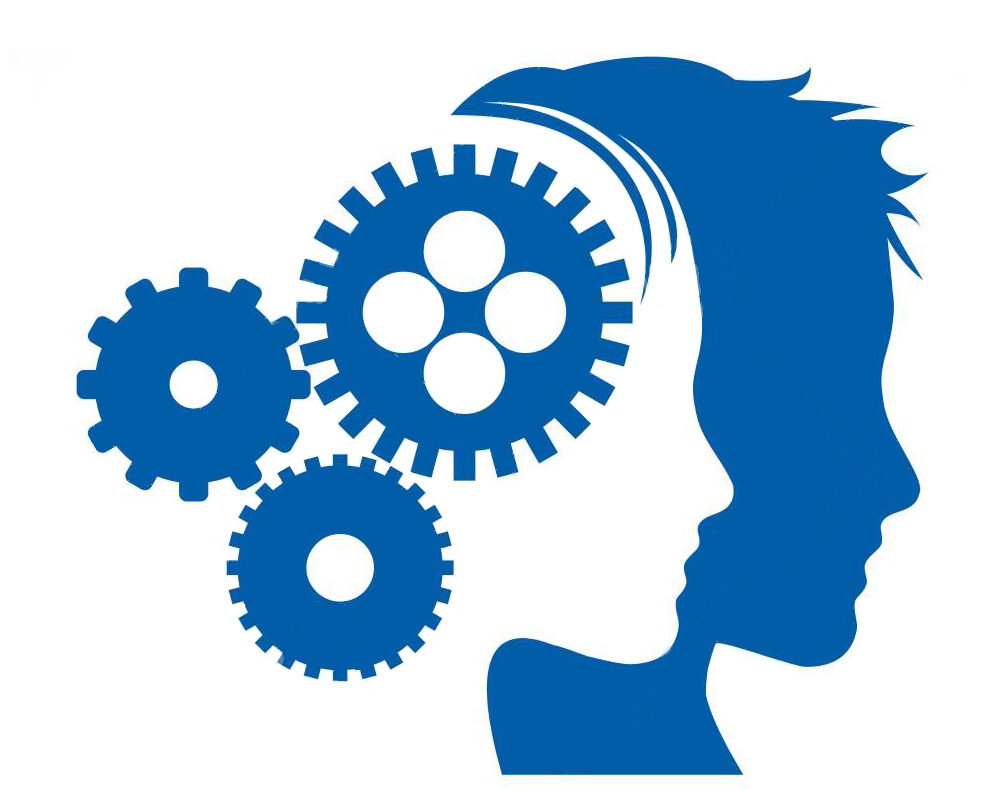Imagine embarking on a journey to reconnect with your inner child – the carefree, imaginative, and curious version of yourself. In today’s fast-paced world, it’s easy to feel disconnected from that innocent part of you that used to find joy in the simplest of things. But fear not, because the “Lost Inner Child Test” is here to help you rediscover and embrace the playful spirit within. This test will take you on a whimsical adventure filled with thought-provoking questions, allowing you to reflect on your current state and uncover the hidden treasures of your inner child. So, grab a pen, let your imagination run wild, and prepare to embark on a journey of rediscovery like no other.

What is the Lost Inner Child Test?
The Lost Inner Child Test is a self-assessment tool that helps individuals determine if they have lost touch with their inner child. The concept of the inner child refers to the part of our psyche that embodies our innocence, playfulness, and creativity. When we lose connection with this inner child, we may experience emotional numbness, lack of creativity, and difficulties in relationships. The Lost Inner Child Test aims to shed light on whether we have lost touch with our inner child and provides guidance on how to reconnect with it.
Understanding the concept of the Lost Inner Child Test
The idea of the inner child dates back to psychological theories introduced by Carl Jung and later developed by John Bradshaw. According to these theories, our inner child represents the childlike essence within us that holds our true authenticity, spontaneity, and imagination. When we experience traumas, societal expectations, or neglect in our childhood, our inner child can become lost or hidden.
The Lost Inner Child Test is designed to help individuals recognize the signs of a lost inner child and encourage them to embark on a journey of self-discovery and healing. By understanding the concept behind the test, you can gain a deeper appreciation for the importance of reconnecting with your inner child.
How the Lost Inner Child Test works
The Lost Inner Child Test consists of a series of questions that assess various aspects of your emotional well-being, creativity, and ability to connect with others. The questions are carefully designed to uncover signs of a lost inner child and provide insights into areas that may require attention and healing.
The test may include questions about your childhood experiences, your current emotional state, and your ability to engage in playful and creative activities. By answering these questions honestly, you can gain a better understanding of your relationship with your inner child and identify areas where you may be feeling disconnected.
Benefits of taking the Lost Inner Child Test
Taking the Lost Inner Child Test can bring about numerous benefits in your life. By recognizing and addressing a lost inner child, you can experience the following:
Rediscovering joy and spontaneity
Reconnecting with your inner child can bring back a sense of joy and spontaneity that may have been missing from your life. By nurturing your inner child, you can tap into your childlike wonder and approach life with a sense of curiosity and excitement.
Healing emotional wounds
The lost inner child often carries unresolved emotional wounds from the past. By reconnecting with this part of yourself, you can begin to heal those wounds and find emotional release. This healing process can lead to greater self-acceptance, self-love, and compassion.
Gaining a fresh perspective on life
When you reconnect with your inner child, you gain a fresh perspective on life. The innocence and openness of your inner child can help you see things from a different angle, fostering creativity and problem-solving skills. This new perspective can bring more balance and fulfillment into your life.
Enhancing relationships and communication
A lost inner child can impact your ability to connect with others and communicate effectively. Reconnecting with your inner child can help you break down emotional barriers and develop deeper, more meaningful relationships. It can also improve your communication skills and enable you to express your authentic self.

Signs You may Have Lost Your Inner Child
Recognizing the signs of a lost inner child is an essential step in the journey of self-discovery. Here are some common signs that you may have lost touch with your inner child:
Emotional numbness and detachment
If you find yourself constantly feeling emotionally numb or detached from the world around you, it may be a sign that your inner child has become lost. The vibrant emotions and spontaneity of your inner child can fade away, leaving you disconnected from your own feelings and experiences.
Lack of creativity and playfulness
A lost inner child can manifest as a lack of creativity and playfulness in your life. If you no longer engage in activities that once brought you joy or struggle to come up with new ideas, it may indicate that your inner child is in need of attention and nurturing.
Difficulty connecting with others
When you lose touch with your inner child, it can impact your ability to form deep and meaningful connections with others. You may struggle to open up, express vulnerability, or experience intimacy in relationships. Restoring your connection with your inner child can help in developing authentic connections with others.
Feeling a sense of emptiness and dissatisfaction
A lost inner child can contribute to a sense of emptiness and dissatisfaction in life. You may feel like something is missing, despite outward success or accomplishments. This lingering feeling can be a sign that your inner child is longing to be acknowledged and nurtured.
Why It’s Important to Reconnect with Your Inner Child
Reconnecting with your inner child has significant benefits for your overall well-being and personal growth. Here’s why it’s important to embark on this journey of self-discovery:
Rediscovering joy and spontaneity
By reconnecting with your inner child, you can rediscover the joy and spontaneity that may have been lost along the way. Embracing your childlike qualities allows you to approach life with a sense of wonder, curiosity, and lightheartedness.
Healing emotional wounds
Many emotional wounds are rooted in our childhood experiences. By reconnecting with your inner child, you can address these wounds and initiate the healing process. Releasing past traumas and embracing self-compassion can lead to emotional healing and overall well-being.
Gaining a fresh perspective on life
Connecting with your inner child can offer you a fresh perspective on life. Through the lens of your inner child, you can tap into your natural creativity, see things from a different angle, and find innovative solutions to problems. This new perspective can bring more fulfillment and excitement to your life.
Enhancing relationships and communication
A lost inner child can hinder your ability to form deep connections and communicate effectively with others. By reconnecting with your inner child, you can break through emotional barriers, foster authenticity, and cultivate empathy. This enhanced capacity for connection can improve all areas of your relationships, both personal and professional.

Taking the Lost Inner Child Test: Step-by-Step Guide
If you suspect that you have lost touch with your inner child, taking the Lost Inner Child Test can be a valuable first step towards reconnecting. Here’s a step-by-step guide on how to go about it:
Finding a reputable test or assessment
Start by finding a reputable and well-designed Lost Inner Child Test. Look for one that covers a range of aspects related to the inner child, including emotions, creativity, and playfulness. Make sure the test provides clear instructions and is backed by a professional or reputable source.
Preparing for the test
Before taking the test, create a calm and quiet environment where you can focus and reflect on the questions. It’s important to approach the test with an open mind and a willingness to explore your inner world. Take some time to mentally prepare yourself and set the intention to be honest with your responses.
Answering the test questions honestly
As you proceed with the test, take your time to answer the questions honestly and to the best of your abilities. Remember that self-assessment tests are not meant to be judged or graded; they serve as tools for self-reflection and insight. Trust your intuition and be open to any emotions or memories that may arise during the process.
Interpreting the results
Once you have completed the test, it’s time to interpret the results. The test may provide you with a score or a summary of your responses. Take the time to reflect on the patterns, strengths, and areas that may need attention. If the test highlights a lost inner child, remember that it’s a starting point for your journey towards healing and reconnecting.
Activities and Strategies to Reconnect with Your Inner Child
Reconnecting with your inner child is an ongoing process that requires time, effort, and self-compassion. Here are some activities and strategies that can help you nurture your inner child:
Engaging in creative outlets
Engaging in creative activities can be a powerful way to reconnect with your inner child. Paint, draw, write, dance, or play a musical instrument – find an artistic outlet that brings you joy and allows you to express yourself freely. Embrace the process rather than focusing on the result and let your inner child guide your creation.
Exploring nature and outdoor play
Nature has a remarkable ability to awaken our inner child. Spend time outdoors, go for walks, hike in the mountains, or simply sit in a park and observe the beauty around you. Engage in outdoor activities that bring out your playful side, such as flying a kite, building sandcastles, or playing in the water. Let nature ignite your sense of wonder and curiosity.
Practicing self-compassion and self-care
Caring for your inner child involves practicing self-compassion and self-care. Listen to your needs and prioritize activities that nourish your soul. Take time to rest, practice mindfulness or meditation, journal your thoughts and feelings, or engage in activities that bring you comfort and relaxation.
Playing with toys and games
Playing with toys and games is a direct way to connect with your inner child. Engage in activities that you loved as a child or explore new ones that spark your interest. Build with LEGO, fly a kite, play board games, or immerse yourself in imaginative play. Allow yourself to let go of inhibitions and fully embrace the playfulness of your inner child.

Professional Help for Inner Child Healing
While self-exploration and self-care are valuable tools in reconnecting with your inner child, seeking professional help can provide additional support. Here are some avenues to explore:
Therapy and counseling
Working with a therapist or counselor who specializes in inner child work can be highly beneficial. They can guide you through the healing process, help you navigate emotional wounds, and provide tools and techniques to reconnect with your inner child on a deeper level.
Art therapy
Art therapy utilizes the therapeutic benefits of art to promote self-expression and healing. Engaging in art therapy sessions can enable you to tap into your inner child’s creativity and emotions through painting, drawing, collage, or other creative mediums.
Inner child workshops and retreats
Participating in inner child workshops or retreats provides a supportive and immersive environment for reconnecting with your inner child. These programs often incorporate various therapeutic techniques, such as guided visualizations, group activities, and emotional release exercises.
Energy healing techniques
Energy healing modalities like Reiki, acupuncture, or sound therapy can complement inner child healing by addressing energetic blockages and releasing stored emotions. These practices can help you restore balance and harmony within yourself, supporting the journey of reconnecting with your inner child.
Frequently Asked Questions (FAQs)
What is the significance of the inner child?
The inner child represents the childhood part of us that holds our authenticity, joy, and creativity. It plays a vital role in our emotional well-being and shapes our ability to form connections with others. Reconnecting with our inner child allows us to heal past wounds, rediscover joy, and gain a fresh perspective on life.
Can anyone lose their inner child?
While everyone has an inner child, external circumstances or childhood experiences can cause some individuals to lose touch with it. Trauma, neglect, societal expectations, or excessive responsibilities can contribute to the disconnection from the inner child. However, with proper self-care and healing, it is possible to reconnect with this essential part of ourselves.
How long does it take to reconnect with your inner child?
The journey of reconnecting with your inner child is unique to each individual and can vary in duration. It may take weeks, months, or even years depending on factors such as the extent of emotional wounds, willingness to engage in the healing process, and the support available. Trust the process, be patient with yourself, and remember that healing is an ongoing journey.
What if I don’t resonate with the concept of the inner child?
Not everyone may resonate with the concept of the inner child, and that is perfectly okay. It’s essential to find healing modalities that resonate with you personally. If the concept doesn’t feel relatable, explore other approaches to self-discovery and healing that align with your beliefs and experiences. There are various paths to personal growth, and it’s important to find the one that feels right for you.








